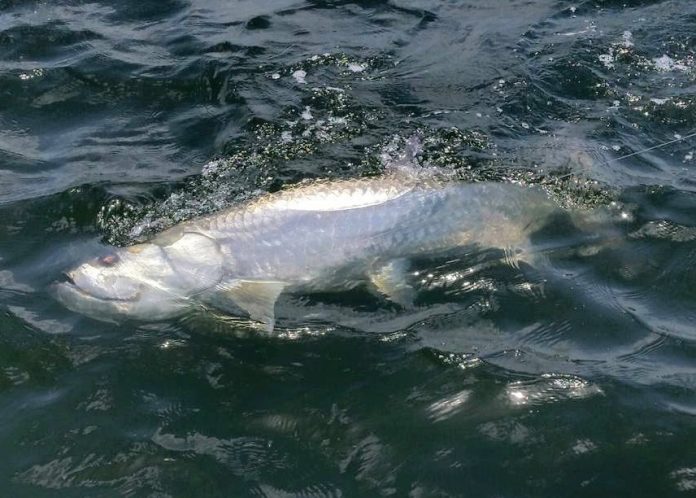http://www.tampabay.com/sports/outdoors/Captain-s-Corner-When-it-s-tarpon-time-it-s-also-shark-time_169083174
Tarpon get most of the attention when talking about exciting fly action for large fish in our area. Baitfish are more prolific, and large tarpon follow their forage and populate most of our local waters. Following them are fish that consider tarpon their favorite food. These top-of-the-food-chain predators are a variety of sharks. Waiting for a tarpon to take a fly can make for a long day. How many times have you seen sharks patrolling your tarpon hot spot? If you cast to them with a tarpon setup and get a hookup, a frayed leader and lost fly are usually your reward. A slight modification in your tarpon setup is needed. Ideally, have a second rod rigged and ready to save time and not ruin your tarpon chances. A 10-weight fly rod, 200 yards of 30-pound backing, and a leader with a 4-foot, 60-pound butt section, 20-pound class tippet and a 1-foot wire bite tippet will attach to the fly. Use a Bimini twist or haywire twist to double the section next to the 40-pound single-strand wire. Attach the wire to the double-strand leader with an Albright knot. A bright orange or red fly, size 3/0 will require a haywire twist to complete the connection to the wire leader. Cast ahead of the shark, working the fly with a slow, teasing erratic motion. A hookup will need several serious strip sets low and to the side for good hook penetration. When using single-strand wire, a right angle back-and-forth motion will break the tag end of the wire with a clean, smooth finish. Using a tool to cut the wire will leave a very sharp result that will injure you or cut your leader while playing the fish.
Pat Damico runs charters in lower Tampa Bay and can be reached at captpatdamico.com and (727) 504-8649.
- Capiains Corner. Damico - December 26, 2023
- Pat Damico - December 21, 2023
- CaptainsCorner: Pat Damico - November 27, 2023











